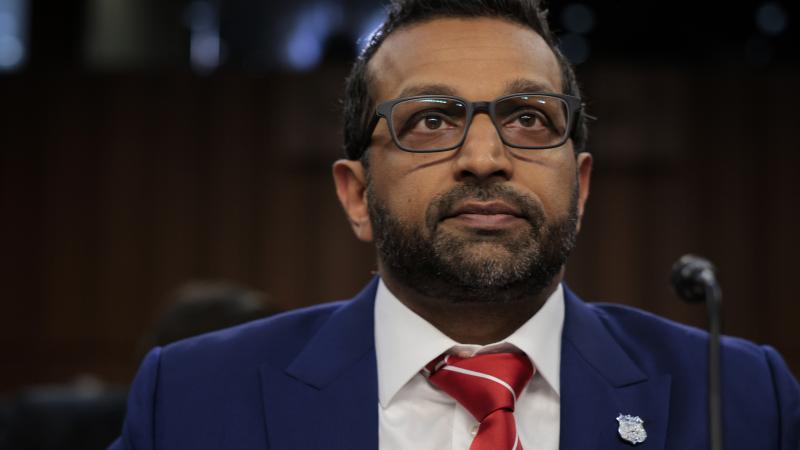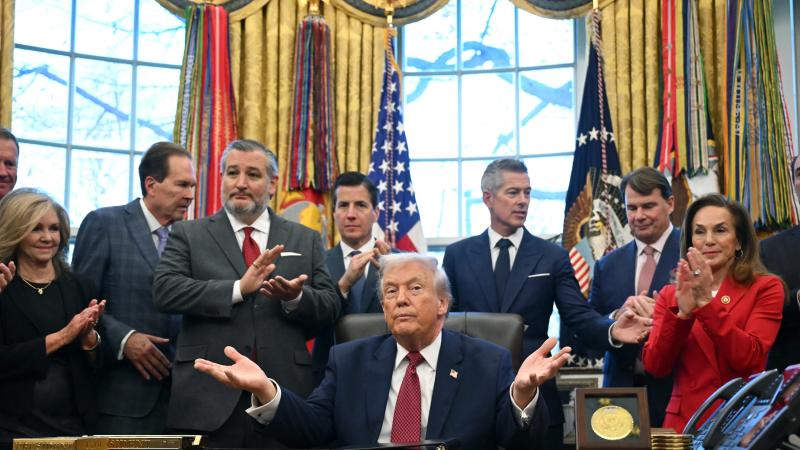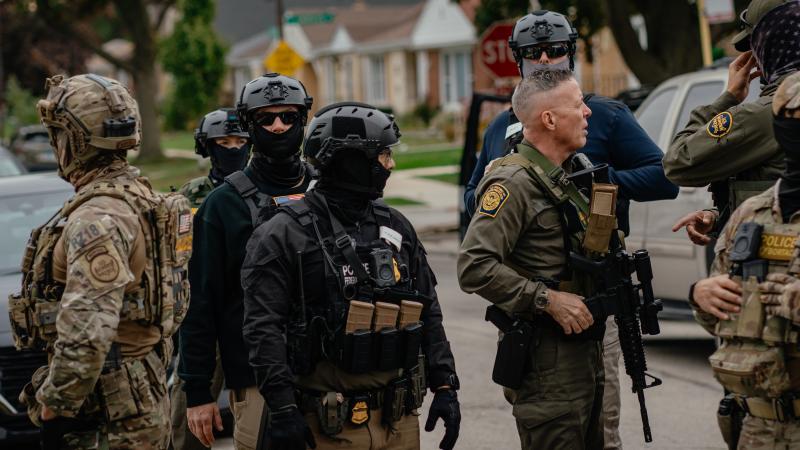In two-war scenario, could U.S. forces prevail against powerful enemies?
The U.S. previously approached multi-war scenarios with a doctrine to "defeat; defeat; deny" up to three enemies.
As international tensions prompt speculation about impending hot war around the world, an old question has gained new urgency: If the United States were drawn into simultaneous conflicts, would American forces prevail?
Scenarios include major flare-ups with Russia, China, Iran, North Korea, and transnational terrorists, mixed in with regional conflicts in Africa, the Arctic, and elsewhere. The threats are complex, according to an April assessment from the U.S. Director of National Intelligence, and carry a "potential for cascading events."
Engaging in two simultaneous large scale conflicts would present a problem for U.S. forces, according to one Washington, D.C.-based think tank.
"As currently postured, the U.S. military is only marginally able to meet the demands of defending America's vital national interests," wrote analysts from the Heritage Foundation in its annual Index of U.S. Military Strength. The military could handle one major conflict, the analysts wrote, but "it would be very hard-pressed to do more and certainly would be ill-equipped to handle two nearly simultaneous" major regional conflicts.
The question of whether the United States could fight a two-front war has arisen for years, and has brought varying assessments.
"We hold modeling scenarios about this on a regular basis," one Pentagon war-planner told Just the News. "We work out the likelihood of what would happen in a multi-front war. In the scenarios, we do well."
The prospects for various scenarios depend in part on alliances, according to one expert on military doctrine. The United States has been expert at crafting strong alliances the world over, and can count on strong support if stretched thin by multiple conflicts, observed the University of Kentucky's Robert Farley.
A scenario involving wars with both China and Russia, Farley noted, may not be as daunting as the specter might suggest.
The two prospective opponents "conveniently pose very different military problems, allowing the United States to allocate some of its assets to one, and the rest to the other," Farley wrote in an essay exploring whether the U.S. could survive concurrent wars.
The U.S. previously approached multi-war scenarios with a doctrine to "defeat; defeat; deny" up to three enemies. Under that approach, U.S. forces would defeat two opponents and block a third. Now, according to the Pentagon war-planner source, the aim is to "defeat; deny."
Under the current plan, the U.S. envisions a lesser enemy taking advantage of American forces while they are engaged in full-scale war against a major enemy.
"If, for example, we went to war with a main adversary, and a smaller country decided to use that opportunity to launch a naval attack against the homeland, we would sink their boats but not invade — right away," the analyst said.
The opportunism scenario might also materialize with China and Russia, according to Farley.
"Could Beijing and Moscow coordinate a pair of crises that would drive two separate U.S. military responses?" Farley posited. "Maybe, but probably not. Each country has its own goals, and works on its own timeline. More likely, one of the two would opportunistically take advantage of an existing crisis to further its regional claims."
For example, he suggested, Moscow might act in the Baltic States if the U.S. becomes involved in the South China Sea.
Discussions about fighting both China and Russia recently have centered on the size of those countries' military forces, and their weapons. Also to be considered, though, is how each force fights while in the field.
China's People's Liberation Army remains relatively untested. In the past year, Chinese troops have engaged in border skirmishes against India, but modern forces have had little experience in combat.
Russian forces, by contrast, have recently seen action in Syria, and also in Ukraine, during intense fighting in 2014 and 2015 at the Donetsk airport.
"Russian land forces and their intermediaries possess the acumen, strength and sustainment infrastructure to fight hard, rigorous land combat," wrote Maj. Amos Fox in a report for the Association of the United States Army.
Most experienced of all is the U.S. military, which has been involved in a major "hot" war every 15–20 years since the nation was founded, according to Heritage Foundation analysts.
This, combined with superior equipment and training, gives American forces the edge, Farley noted.
"The United States can still fight and win two major wars at the same time, or at least come near enough to winning that neither Russia nor China would see much hope in the gamble," Farley wrote. "The United States can do this because it continues to maintain the world's most formidable military, and because it stands at the head of an extremely powerful military alliance."
U.S. President Joe Biden on Tuesday offered to meet with his Russian counterpart Vladimir Putin in order to discuss escalating tensions over Ukraine, the White House said.















